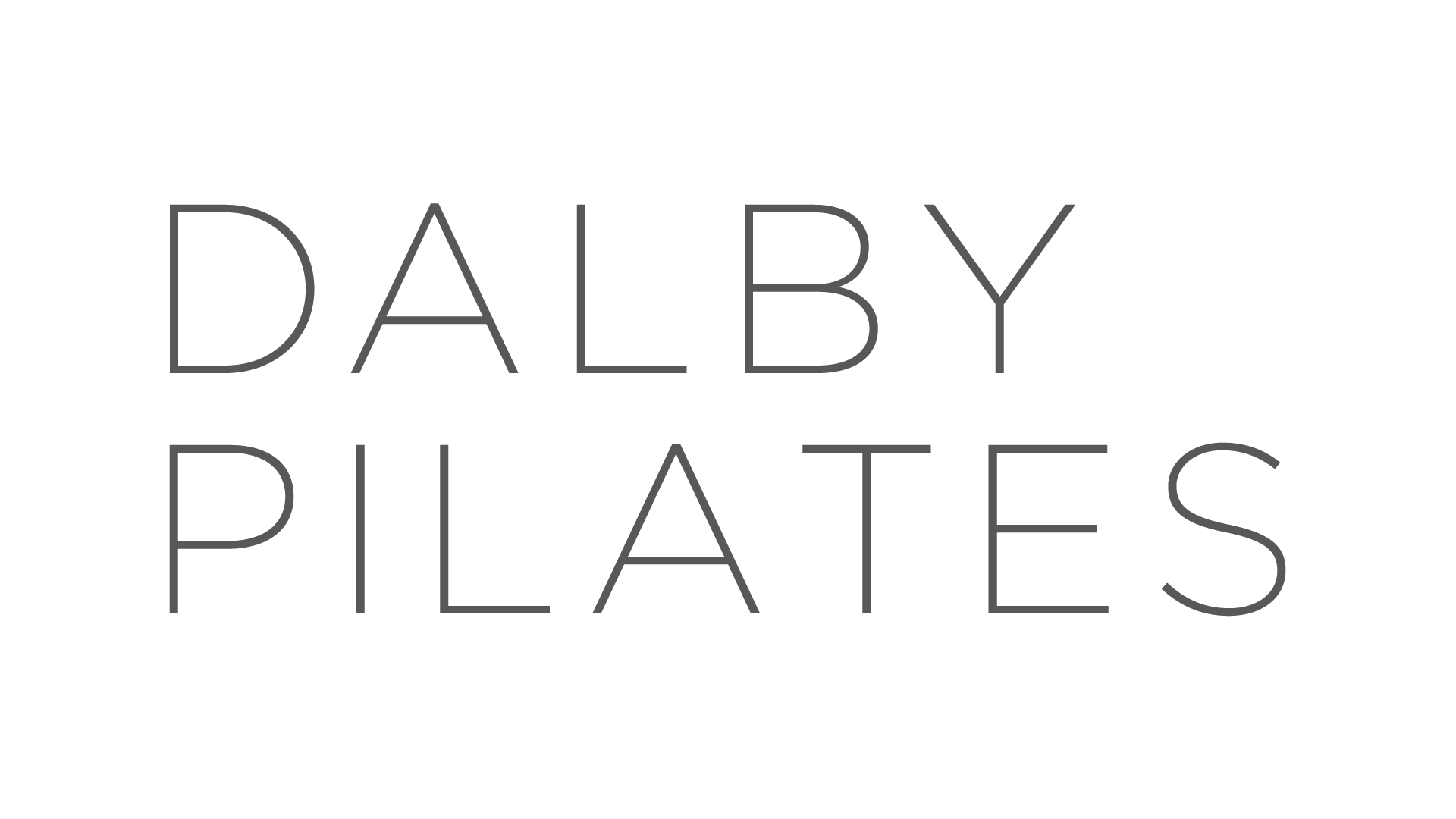ISTD  Theatre Faculties Congress @ Laban
Theatre Faculties Congress @ Laban
This year the Theatre Faculties Congress was held at Laban (London) which, following the success of last year, the ISTD felt it was a well suited venue and had great adaptability for the needs of this diverse and large scale Congress.
Once again the Congress was a huge success and the variety of the lectures, demonstrations and workshops were impressive. The day was run with a high level of professionalism but also offering a lovely open and personal approach as the presenters and lecturers created a fun and welcoming atmosphere to all.
I attended five sessions on the day which included:
Tap class by Douglas Mills – Excellent, great fun! Amazing tapper and choreographer. (Tap Faculty)
Classical Greek: A Musical Approach – Ancient to Modern by Amanda Wilkins and Carol Vasko – Fantastic! Incredibly informative, well presented and beautiful dancing! (Classical Greek Faculty)
Classical Ballet: Demonstration Class Year 11 Girls from White Lodge with Diane Von Schoor – Talented young dancers taught by an incredible and entertaining teacher. An eye opener into the training of young ballet professionals. (Imperial Ballet and Cecchetti Faculty)
National Dance: A Polish Experience by Wlodek Lesiecki – Two words describe the presenter ….. interesting and crazy! This was a lot of fun to watch, mainly because of the way it was presented and taught. Not perhaps the most conventional way of teaching, but a nice change from the norm! (National Dance Faculty)
Kathak Workshop by Urja Desai Thakore – Excellent as we got chance to have one on one tution with Urja Desai Thakore! She was also very articulate in answering the questions the audience threw at her. (South Asian Faculty)
Classical Greek
My personal favourite from the day was the Classical Greek lecture and demonstration. I had never atcually seen any Classical Greek dance before then and was totally blown away! Four styles of Classical Greek was shown and explained. The first being Lyrical which was very exspressive, worshipful and elegant. The movements were heavily linked with the music and orginally back in Accient Greece, the dance would have been accompinied by live singers. The physicality was incredible. Clearly strength, balance and great flexibilty is needed to perform this style well. Alot of back work and spinal curves were involved in the chorerograhy. You could also see Balletic and Release style qualities (Release technique from the Contemporary Dance).
The second style was Bacchic. This style represents the extremes of human nature. The movements looked animal-esque! The dancers were transformed through the movements into dark and grotesque looking creatures!
The Tragic style was very emotional and perhaps a more maturer way of moving as the dancers had to really engage in what they are dancing for and the story that they were trying to portray. 
Last of all was the Piric style. This movement vocabulary is drawn from the days of war and battle. Props such as swords and sheilds were used to convey the intensity and the physicality of battle.
It is easy to see how Classical Greek can enhance a dancer’s way of movement and control. The technique encompeses many qualities and skills which are crucial for many forms of dance inculding Ballet and Contempory. The performances which were shown were beautiful and totally engaged / connected with the audience throughout.

If you have not seen any Classical Greek or would like to know more about it then visit the ISTD Classical Greek’s website and have a read. There are many ISTD schools which offer lessons in Classical Greek and I would definatly recommend having ago!


